CLICK IMAGES TO SEE CLOSE UP VIEW
 SST ANOMALIES
SST ANOMALIES SST IMAGERY
SST IMAGERYThe El Niño pattern across the Pacific has not intensified during the past fortnight. Furthermore, the coupling between the ocean and atmosphere which amplifies and maintains El Niño events has so far failed to eventuate. The neutral SOI and sub-surface cooling are evidence of this.
However, the Trade Winds are weakening over a broad area and this may promote renewed warming. In addition, leading climate models continue to predict further development of the El Niño, although not as emphatically as a month or two back. Therefore, the odds remain strongly in favour of 2009 being recognised as an El Niño year.
July and August have seen below average rainfall across much of eastern Australia, with particularly dry conditions through Queensland and northern NSW. El Niño events are usually (but not always) associated with below normal rainfall in the second half of the year across large parts of southern and inland eastern Australia.
In addition, conditions have recently been very warm for the time of year across Australia, with maximum temperatures consistently more than 4°C above normal over wide areas.
The most recent value of the Indian Ocean Dipole (IOD), as measured by the Dipole Mode Index (DMI), is near zero. The Bureau's POAMA model suggests the DMI should remain neutral over the coming months.
See IOD forecasts, DMI values.
- The sea surface remains significantly warmer than the long-term average across most of the tropical Pacific Ocean, exceeding El Niño thresholds in central to eastern areas.
- The sub-surface water of the tropical Pacific cooled through July and August. However, a large volume of the sub-surface water still remains significantly warmer than the long-term average.
- The latest 30-day SOI value is −4; the monthly value for July was +2. These SOI values are near neutral and do not show an El Niño trend.
- While Trade Winds have been consistently weaker than normal across the western equatorial Pacific in recent months, they have fluctuated over the central to eastern equatorial Pacific, with weakening observed recently.
- Cloudiness near the date-line has recently been slightly below average. Cloudiness near the date-line is usually greater than average during El Niño events.
- Six of the seven leading international climate models surveyed by the Bureau predict the tropical Pacific to continue to warm and to remain above El Niño thresholds for the remainder of 2009
SOURCE: AUSTRALIAN GOVERNMENT BUREAU OF METEOROLOGY, EL-NINO WATCH
JUST VOTE OR COMMENT FOR FEEDBACK

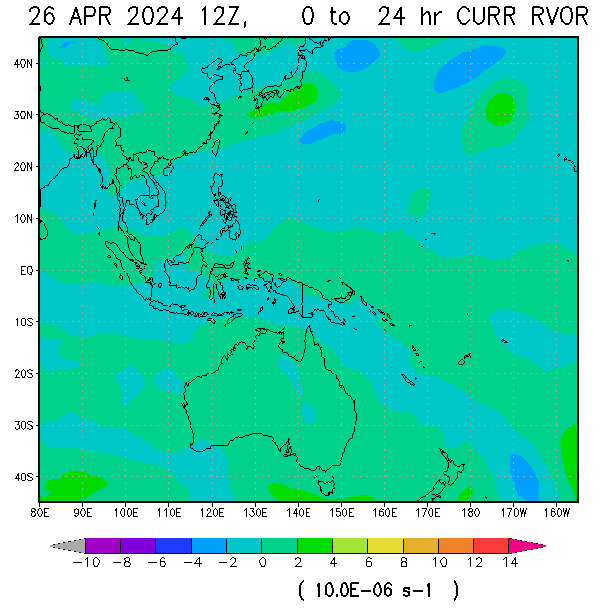
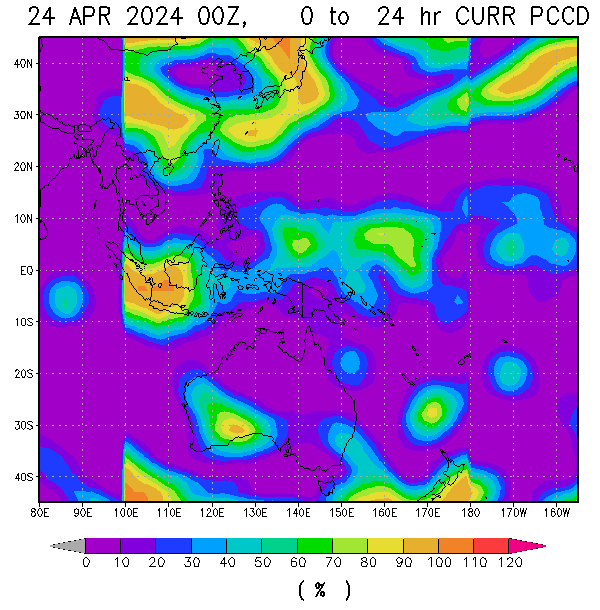
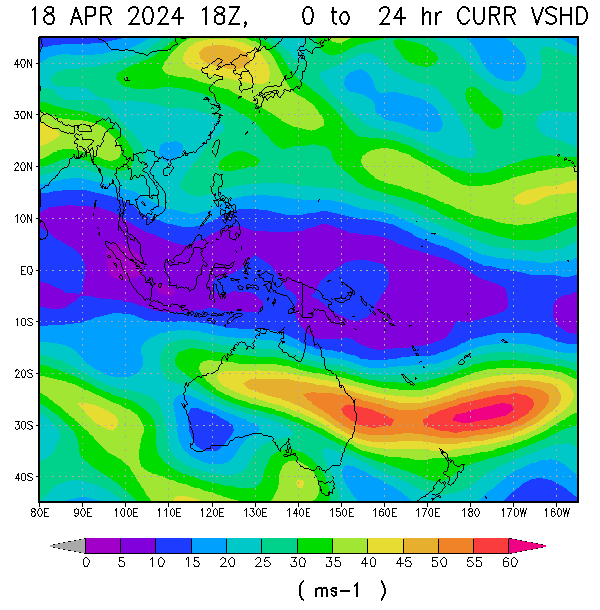
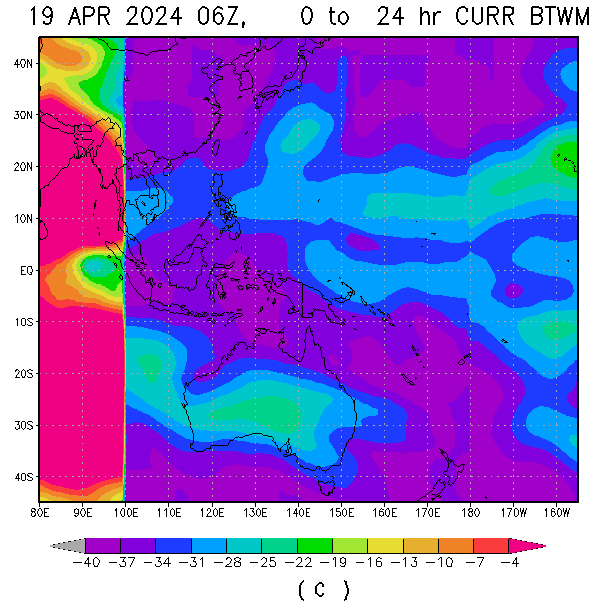






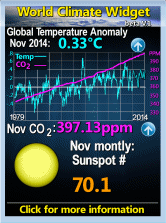
No comments:
Post a Comment